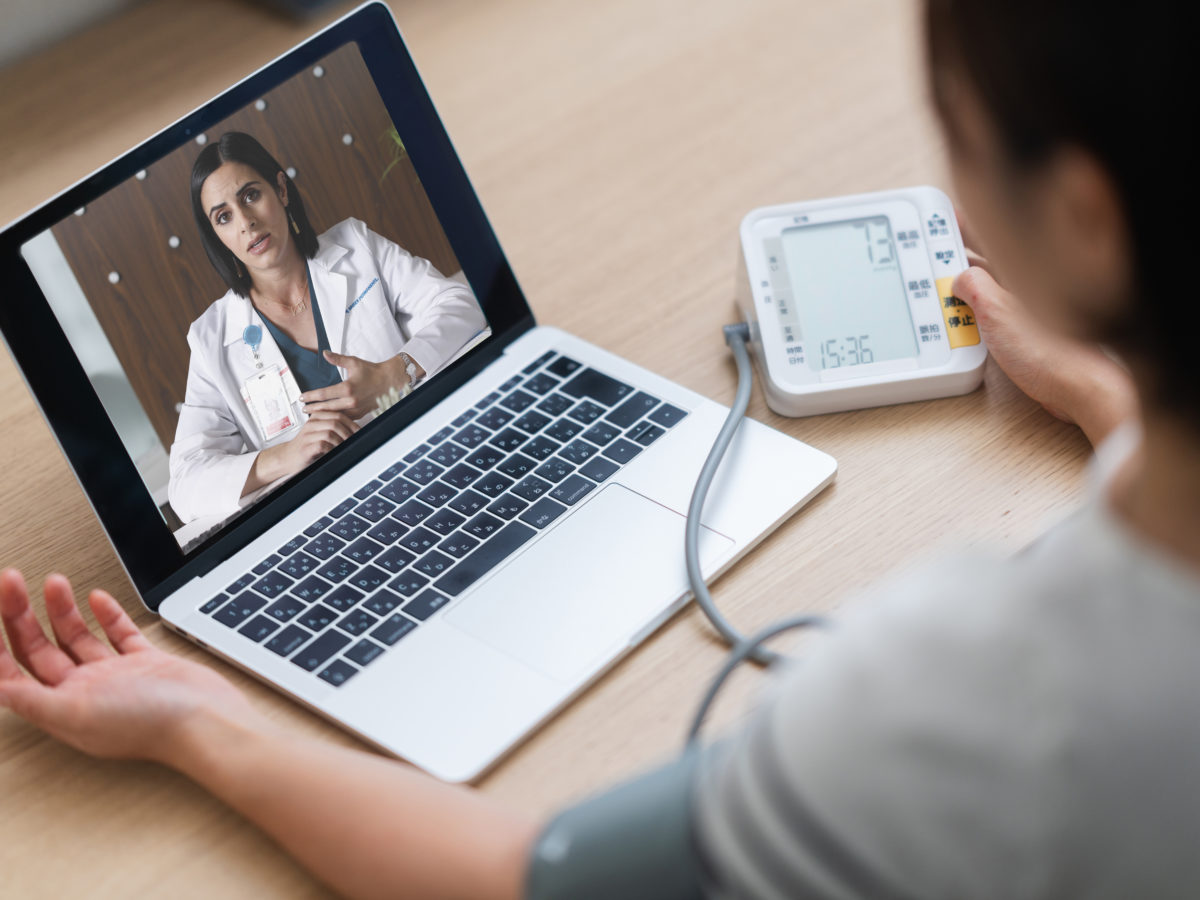
Last month I had an opportunity to speak at a Kaiser Permanente Institute for Health Policy forum and it sparked an important conversation about the power and potential risks of telehealth. The field has advanced in many ways over the last year, and in my role as an innovation leader I’ve been closely watching the implications on health equity and access to care.
Telehealth: The Covid-19 experience
Over the last year we watched health care providers quickly pivot their care delivery systems from in-person to virtual care. Many of these health systems, especially those caring for the most vulnerable populations, were using telehealth for the first time. Now that the worst of the pandemic is over, more people recognize the value of telehealth, but we must design it so it works for everyone.
Prior to the pandemic many people were apprehensive about whether telehealth would be accepted and used by all patient populations. We learned that patients were satisfied with virtual care and that there was great appreciation for the convenience and safety of accessing care from home.
However, we also learned that we may leave people behind if we don’t adequately support all patients. In many communities, patients were unable to get the care they needed because they did not have connected devices, access to broadband, or access to easy-to-use telehealth platforms that enabled them to connect to their providers. Patients with limited English proficiency struggled to access interpreters to allow them to communicate seamlessly with their care teams.
Telehealth: The path forward to ensure equity
Many fear that the digital divide may be the newest social determinant of health. However, there are steps we can take to ensure we don’t increase inequities in care and innovate to find better ways to deliver virtual care that’s available to all populations.
We should start by understanding patients’ digital literacy, visit preferences, interpreter needs, and access to technology and broadband. In doing so, we can better support patients in ways that work best for them.
Some health centers have introduced a digital literacy intake process to understand patient needs. For those patients lacking the skills and understanding of how to use virtual care, many clinics are leveraging telehealth support staff. Those staff reach out to patients prior to their appointments to prepare them for their visit. In some places, health centers have created new wi-fi access points. These centers partner with local businesses who agree to allow patients to use their wi-fi in parking lots and locations near their homes.
In other areas, new innovations are needed. Health centers have been trying to identify ways to best support homeless populations who may not have connected devices or a secure location to take virtual appointments; however, more work is needed to meet the needs of this population. Many also are seeking better approaches to incorporate interpreters into virtual visits to ensure we effectively care for patients with limited English proficiency.
Beyond programmatic innovations, policy changes also are needed. The Covid-19 pandemic showed us how critical broadband is to so many aspects of our lives. For rural and underserved communities in particular, lack of access to affordable and reliable networks impacts our ability to work, learn, and get the health care we need. It is important for us to continue to demand better access to broadband as a critical aspect of digital equity as well as health equity. This will require significant policy changes and public-private partnerships to expand better broadband to unserved and underserved communities.
This past year we learned a lot about what is possible to help our patients access care. Now is the time to step back and be thoughtful about how we build the systems, infrastructure, and skills to ensure all people have access to the care they need, when they need it, in the format that works best for them.
You can listen to a recording of the recent IHP forum on telehealth and view additional IHP materials and events on telehealth.
